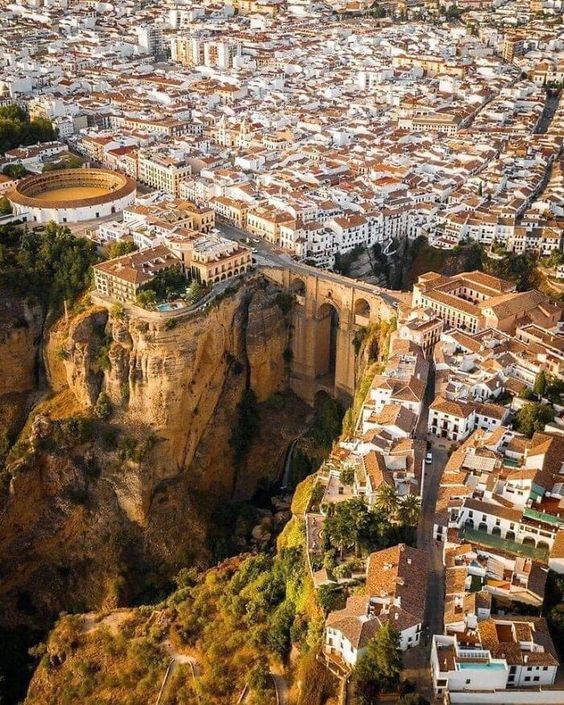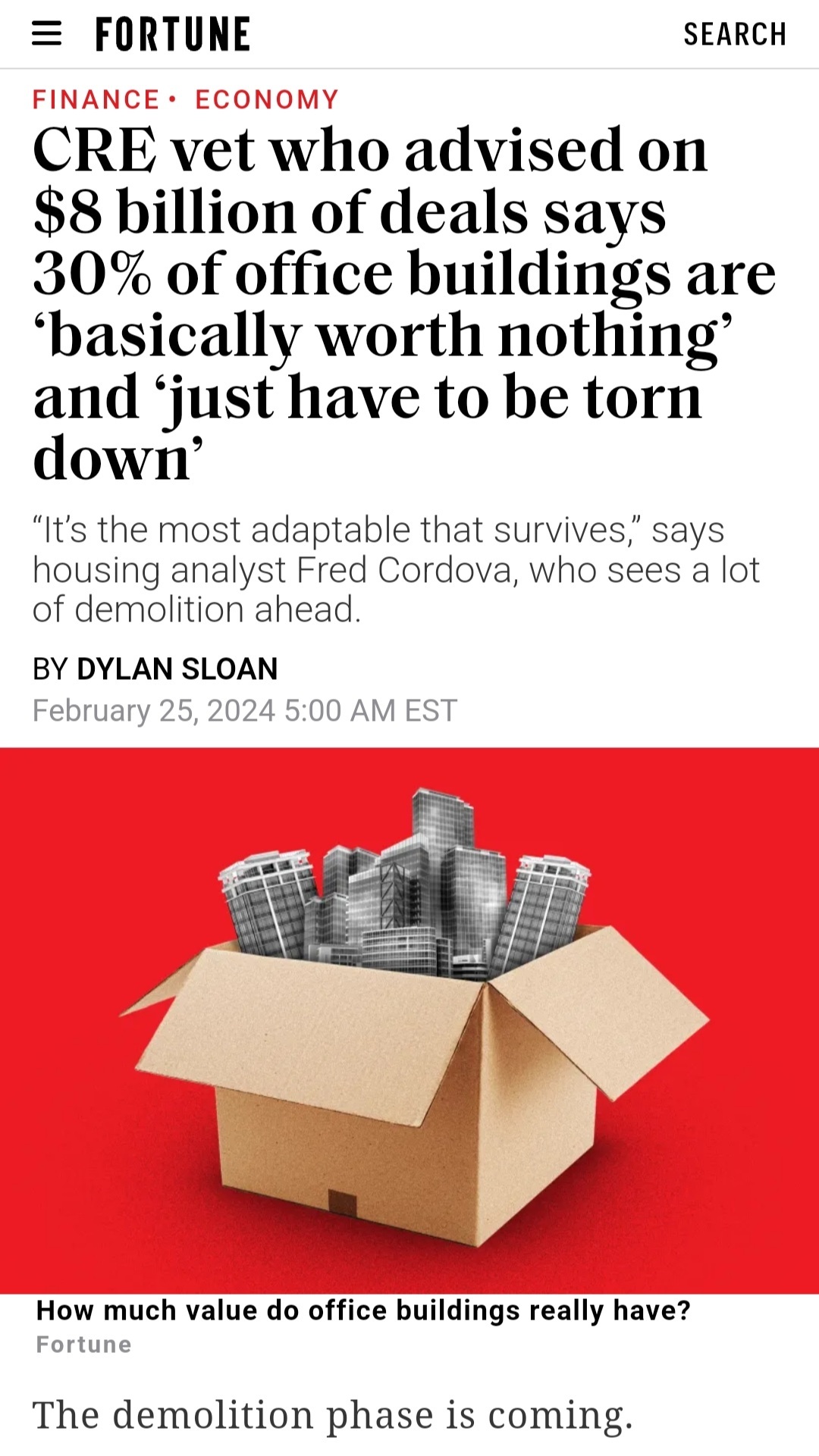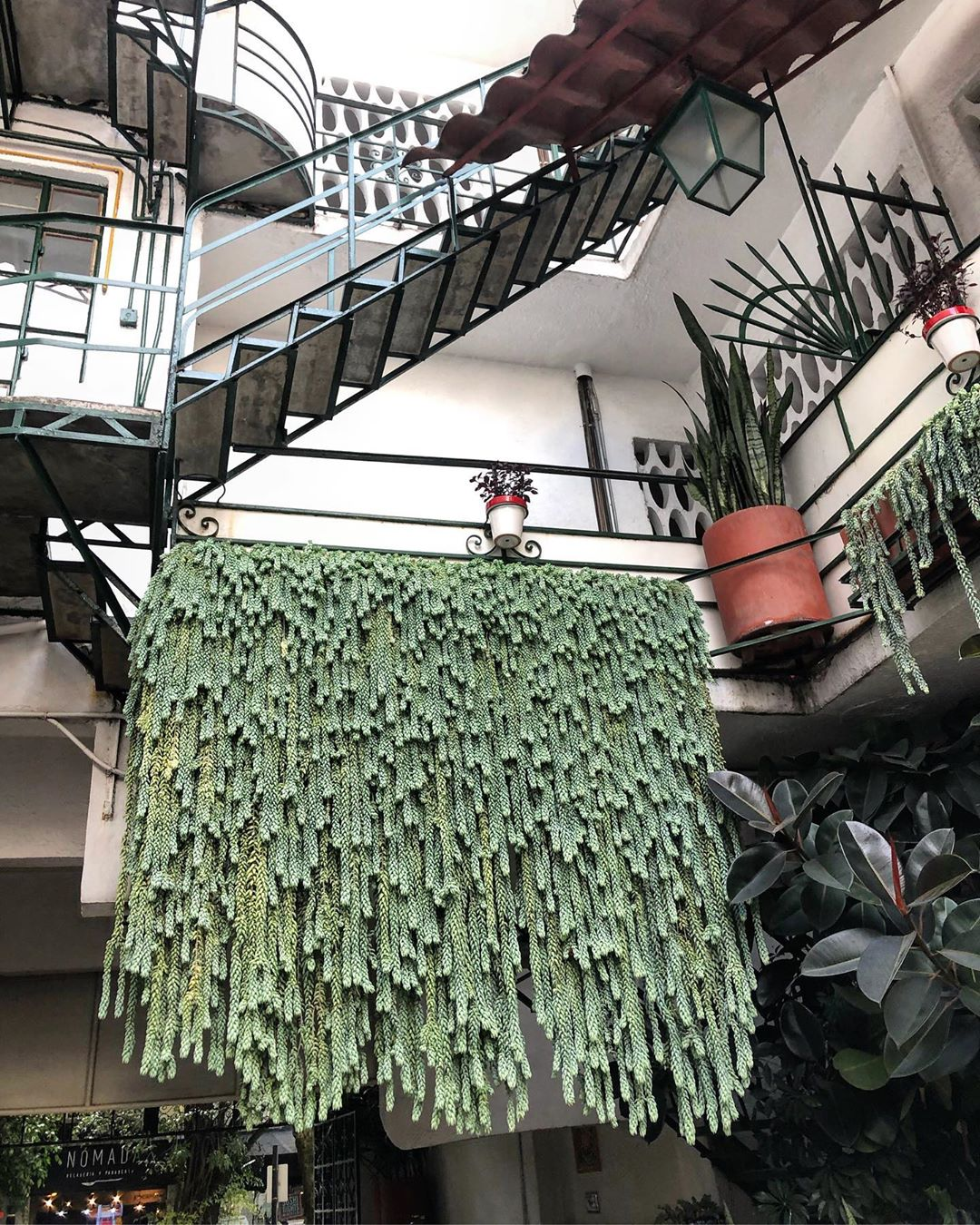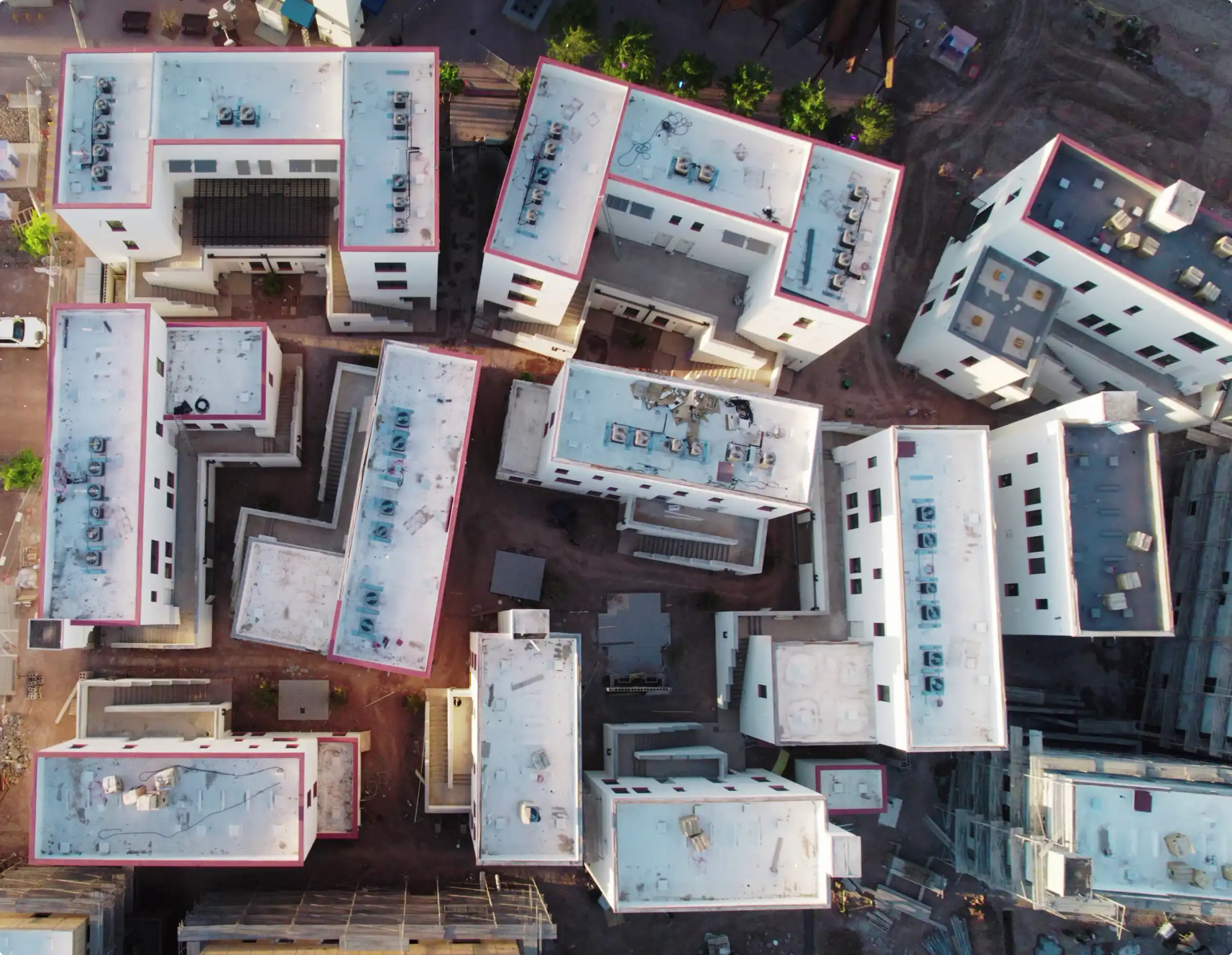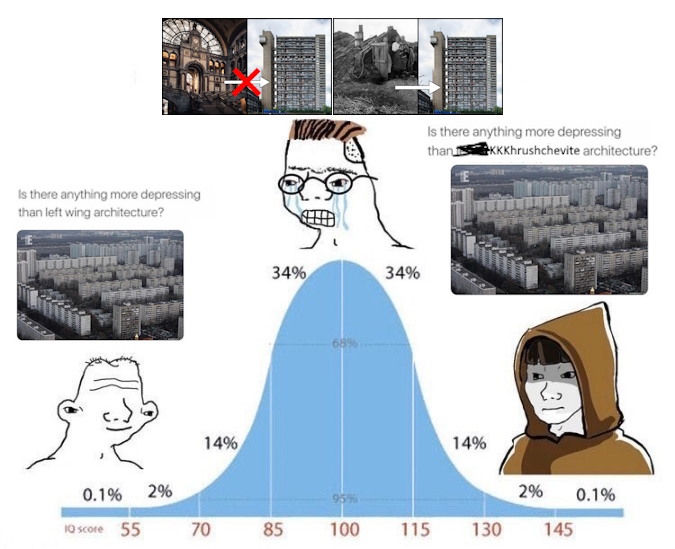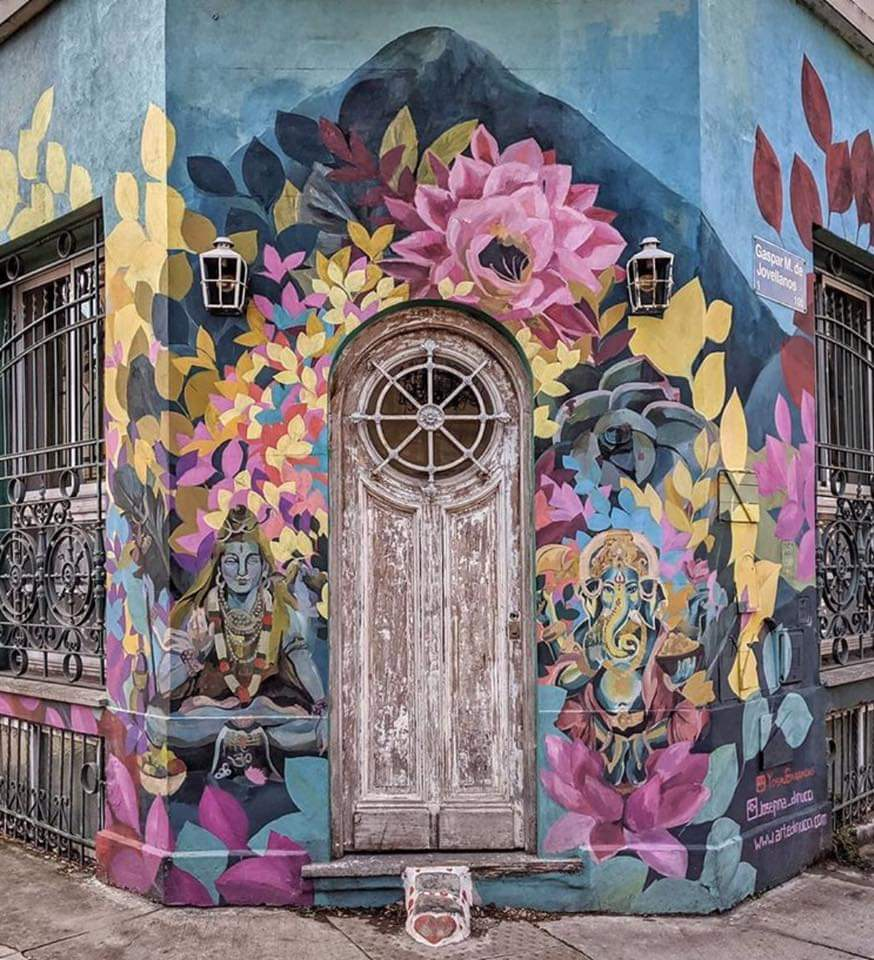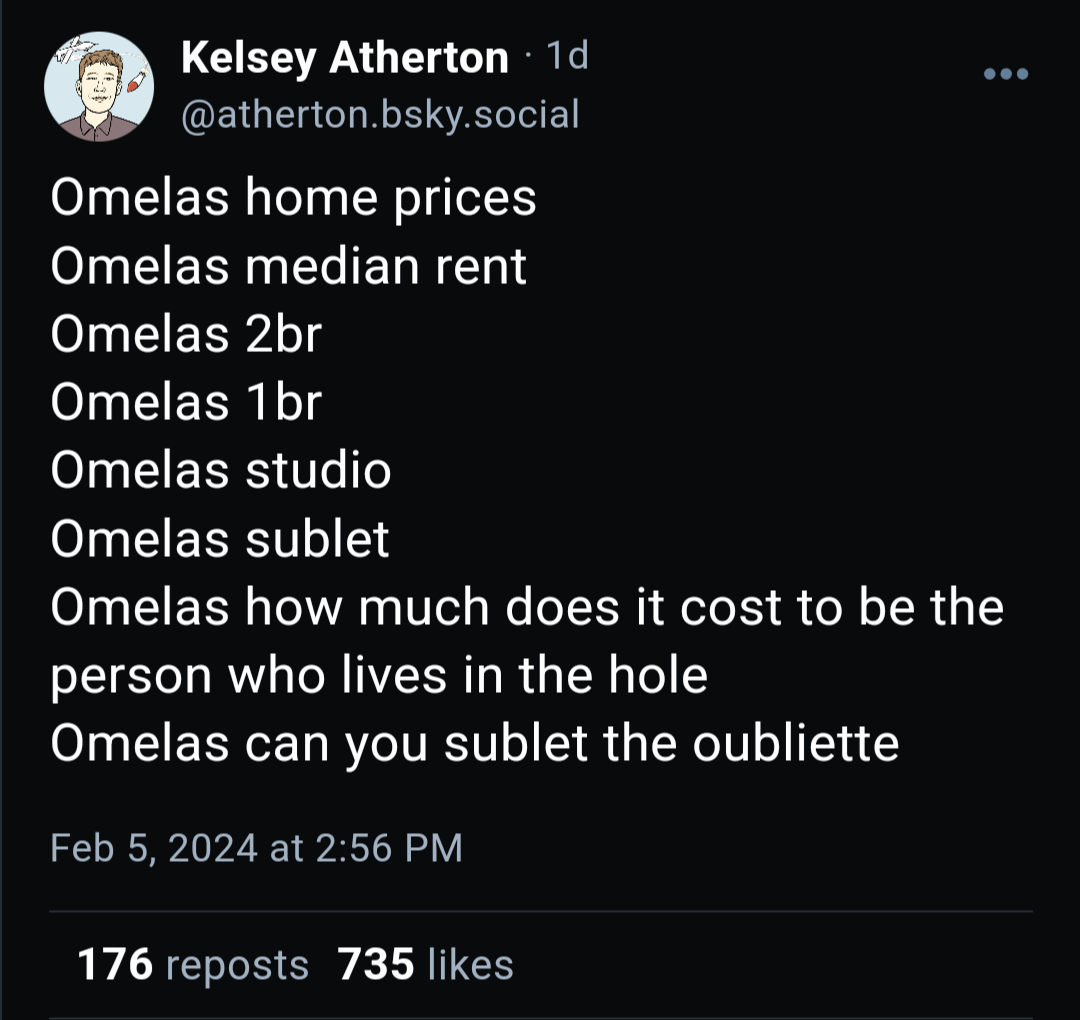https://nmm.pl/en/crane/historia-obiektu/
spoiler
Just like the Neptune fountain, the Crane, a former port crane, is one of the most famous symbols of Gdańsk, especially if it comes to its maritime past and glory. Therefore, no other place is more suitable for an exhibition devoted to activities of the former Gdańsk port.
Inside the Crane, we have prepared information on the work of people who were inseparably related to the port – carriers, dockers, merchants, skippers, sail makers, rope makers.
We have devoted much attention to port-related objects by presenting the interior of granaries, models of wooden wharfs, ships, fairway dredgers and finally, cranes.
It is well worth visiting reconstructed Gdańsk interiors: merchant’s counting house, pile tax office (a place where port fees were charged) and a room in a burgess’s house.
The mechanism of the Crane, the biggest port crane in the medieval Europe, is the exhibition highlight. It consists of two pairs of wooden treadmills. Since the Crane also served as the town’s gate which led the way from Szeroka Street to Długie Pobrzeże Street, the bottom treadmills, situated in the place of a vault, are visible from the outside.
However, it is worth going inside the Crane to see the upper treadmills. A walk up the narrow wooden stairs to the highest storey is a real attraction. It is a perfect viewing spot for those who want to take a closer look at the size of the mechanism which was based on a very simple principle. To make the Crane lift goods from ships (e.g. wine and beer barrels or millwheels), its treadmills had to be set in motion. This way, a rope was rolled up onto a treadmill. But what could set them in motion? Well, workers made the mechanism work by getting inside the wheels and walking on the built-in boards (the Polish name for a treadmill, koło deptakowe, reflects the walking activity conducted by workers). As a result, four people could ‘lift’ the weight of up to two tons.
While admiring the treadmills, do not forget to have a look outside. You will find yourself standing around 27 metres above the ground, looking at an amazing view of the Motława River, Ołowianka Island and yachts in the marina.
Today’s Crane, made of brick and wood, differs from the original wooden port crane built in the same place. The first source mention of this building dates back to 1367. We also know that the crane burnt down in 1442.
A new crane was built in the period of 1442-1444. It consisted of two brick towers which had the abovementioned wooden lifting mechanism installed between them. The Crane belonged to the town and was managed by a crane master.
In the 19th century, the Crane lost its importance as a port crane and was used mostly for setting masts on Vistula vessels. A century later, it had one more function: it was used for extracting sterns of motor powered vessels from water for repair of helms and screws. The Crane’s last master died in 1858, and its towers were occupied by residents. A shoe manufacturing business, a hairdresser’s salon as well as other local businesses were set up within its walls.
During World War II, the Crane was destroyed – its wooden structure burnt down completely and only 60% of the brick part remained. Reconstruction documentation was prepared in 1956 and was followed by reconstruction works. In 1962, the Crane was handed over to the Maritime Museum, which was granted the name of the Polish Maritime Museum in Gdańsk 10 years later, and the name of National Maritime Museum in Gdańsk on 10th December, 2013.


